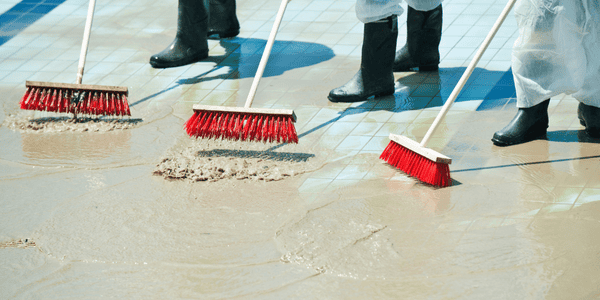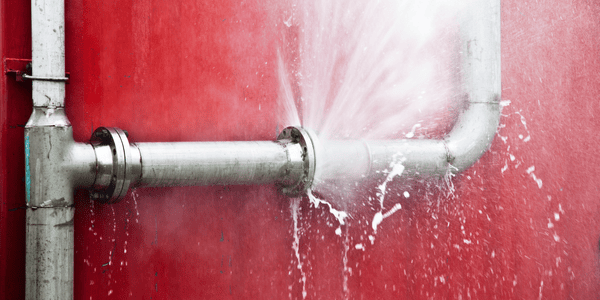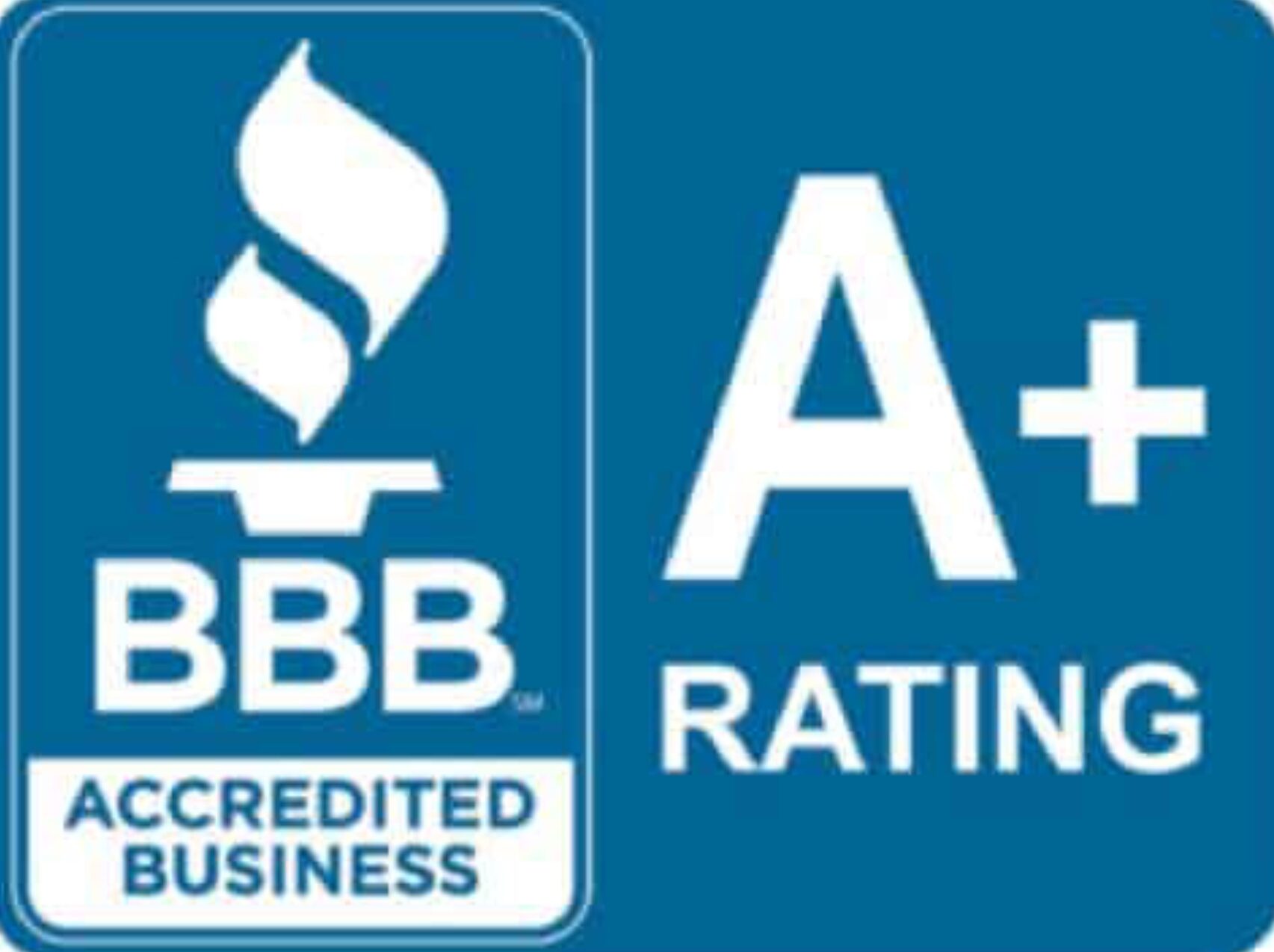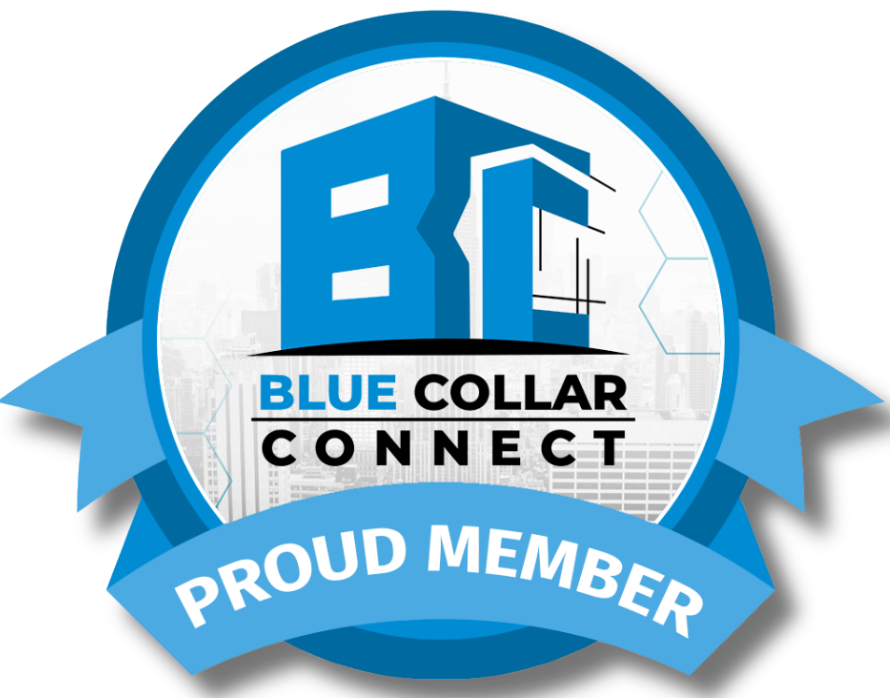Flooding can disrupt your home, your belongings, and your peace of mind in an instant. The aftermath can feel overwhelming, but with the right approach, you can make the recovery process smoother and safer. At Complete Flood Restoration, we’re here to help you navigate the chaos with professional, compassionate service. Let’s walk through the essential do’s… Continue reading The Do’s And Don’ts Of Flood Cleanup
Water damage and flood damage are two terms that homeowners and business owners dread hearing. While both can wreak havoc on your property, understanding their differences is crucial for protecting your home or business, managing insurance claims, and reducing financial and emotional stress. If you live in areas like San Antonio or its surroundings, this… Continue reading Your Guide To Handling Water Damage Vs. Flood Damage
Is your home prepared for a burst pipe disaster? Burst pipes can turn your cozy haven into a soggy disaster zone, causing extensive damage to your property and plenty of stress. From ruined floors and walls to skyrocketing repair bills, the consequences of a burst pipe can be overwhelming. But here’s the good news: with… Continue reading Avoid The Nightmare: How To Identify And Prevent Burst
Understanding the Importance of Rapid Response in Flood Situations
In the aftermath of a flood, time is of the essence. Rapid response can significantly mitigate the damage to your property and belongings. Engaging professional restoration services immediately can prevent further deterioration, such as mold growth and structural issues, ensuring a quicker recovery process.
For instance, water can seep into walls and flooring, leading to unseen damage. By contacting a restoration expert like Complete Flood Restoration within the first 24 hours, homeowners can save on repair costs and reduce the likelihood of long-term issues. This proactive approach is crucial in safeguarding your home and health.
Essential Equipment Used in Water Damage Restoration
Water damage restoration involves specialized equipment designed to efficiently remove water, dry out affected areas, and restore your property. Understanding the tools used in the process can help homeowners appreciate the complexity and necessity of professional services.
Equipment such as industrial-grade dehumidifiers, air movers, and moisture meters are commonly utilized. These tools work together to extract moisture and prevent mold growth. For example, dehumidifiers can remove several gallons of water from the air daily, significantly speeding up the drying process and ensuring thorough restoration.
How to File an Insurance Claim for Flood Damage
Filing an insurance claim after a flood can be a daunting task, but understanding the process can streamline your recovery. It's essential to document all damages thoroughly and communicate effectively with your insurance provider to ensure a smooth claims process.
Start by taking detailed photographs of the damage and compiling a list of affected items. Many homeowners overlook this step, but comprehensive documentation can significantly impact the claim's outcome. Additionally, working with a restoration company can provide you with the necessary estimates and reports to support your claim, making it easier for your insurer to process your request.
Preventive Measures to Avoid Future Flood Damage
Taking proactive steps to prevent flood damage is crucial for homeowners, especially in flood-prone areas. Implementing preventive measures can save you from the stress and financial burden of future flooding incidents.
Consider installing sump pumps, maintaining gutters, and landscaping your yard to direct water away from your foundation. Additionally, regularly inspecting your plumbing for leaks and ensuring that your home is equipped with proper drainage systems can further reduce the risk of water damage. By investing in these preventive strategies, you can protect your home and enhance its resilience against flooding.






